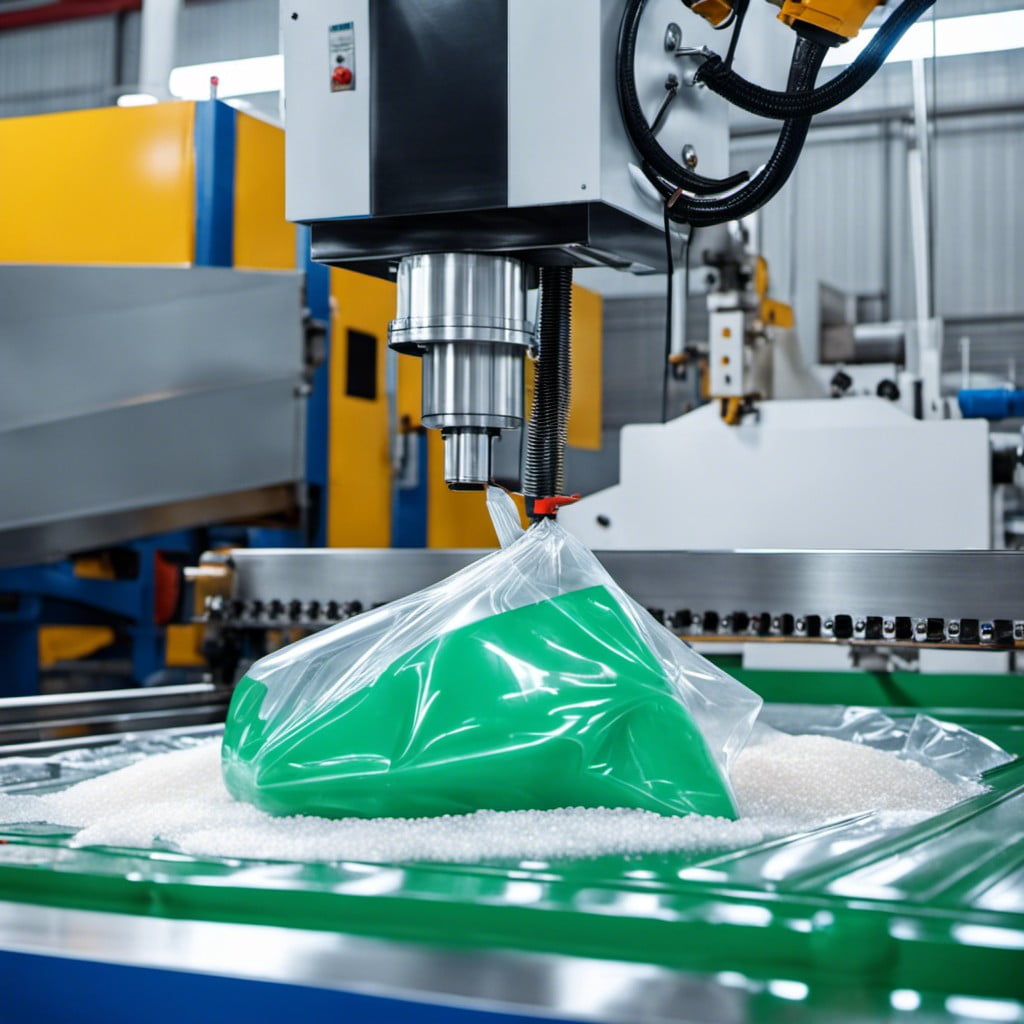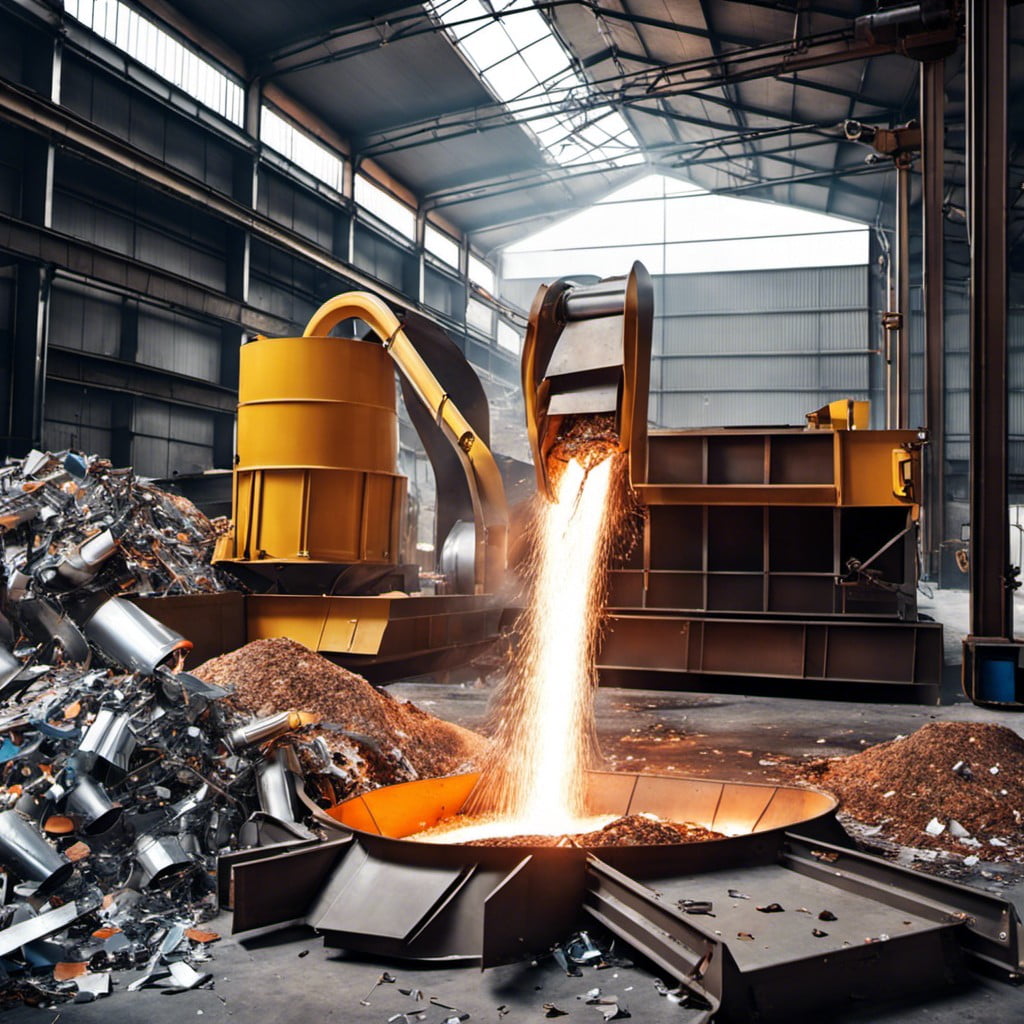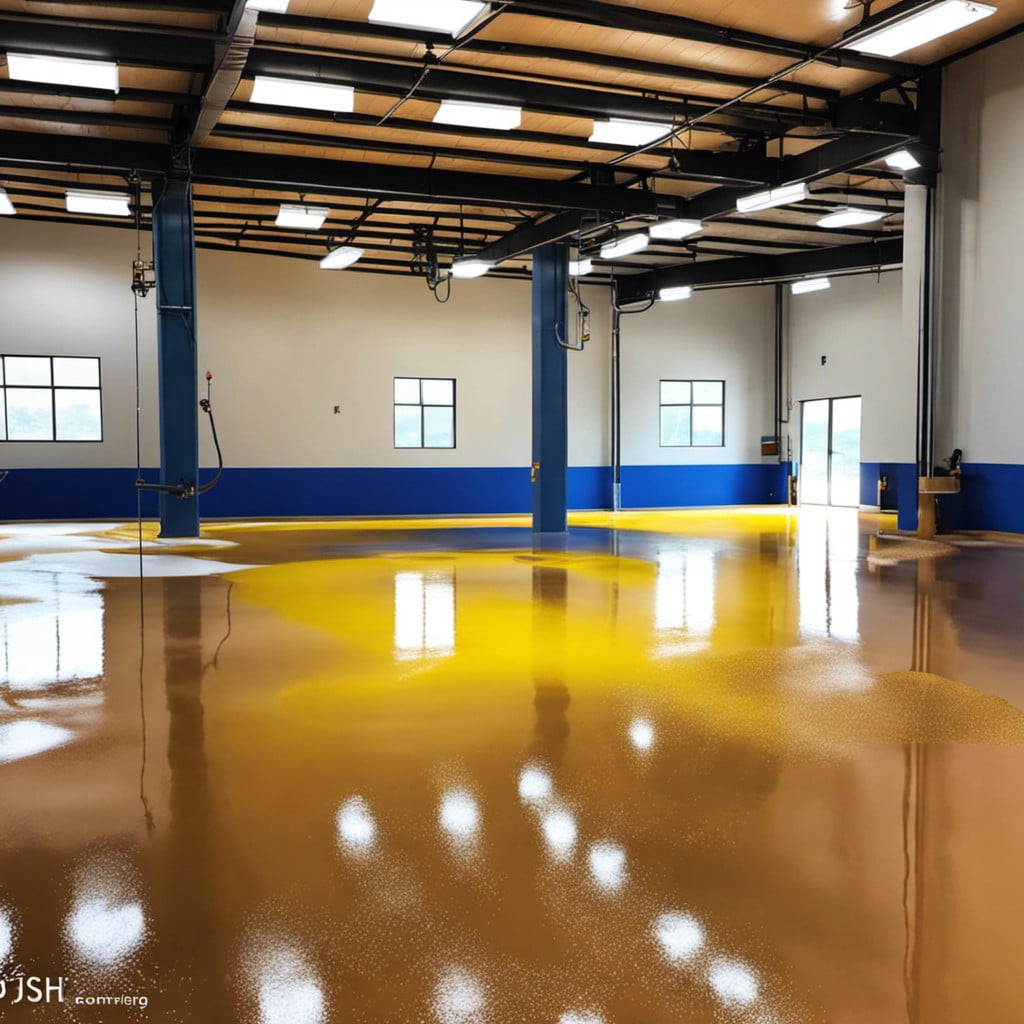Dive into the fascinating world of plastic manufacturing as we unravel intriguing statistics that highlight its prominence in today’s economy.
Diving right into the heart of the matter, the global plastics manufacturing industry is a dynamic and ever-evolving sector, with a vast array of statistics to explore. From production volume to environmental impact, market share, and industry growth trends, this article aims to provide a comprehensive overview of the key figures and facts shaping the industry.

Whether you’re looking for insights into the leading plastic manufacturers, the most commonly produced types of plastic, or the latest sustainability initiatives, rest assured, all these details and more are covered in the following sections.
So, let’s delve into the fascinating world of plastic manufacturing statistics.
The total packaging market of thermoplastic resin sales in 2019 in the US is 27 million pounds
Diving into the specifics, 2019 saw a total of 27 million pounds of thermoplastic resin sold in the United States, all headed for the packaging sector.
This segment holds a significant place in the overall plastics industry given its wide usage in various industries, including food and beverages, personal care, households, and more.
The figure substantiates the integral role of thermoplastic resin in the packaging sector and, by extension, the economy.
The voluminous sales highlight the massive demand and wide adoption of this material in the said year.
Plastic production in the US totaled 121.4 billion pounds in 2019
In 2019, the United States held a prominent position in global plastics production, manufacturing an immense total of 121.4 billion pounds. This figure highlights the country’s substantial contribution and re-emphasizes its prolific presence in the worldwide plastics market.
Such a substantial production quantity has significant implications for the national economy, as well as global trade dynamics. Furthermore, the sheer magnitude of this output level underscores the crucial role of technological advancements and sustainable practices in this industry.
Plastic manufacturing employment grew by 3.2% from 2020 to 2021
In the midst of a challenging year, the plastic manufacturing sector demonstrated notable resilience. There was an increase in jobs throughout the industry, marking a growth rate of 3.2% between 2020 and 2021. This boost in recruitment, despite global economic uncertainties, underlines the robustness and critical importance of the sector.
Not only was it crucial for direct employment opportunities, but it also played a pivotal role in supporting various other industries, epitomizing the interconnectedness of modern industrial operations.
Along with suppliers to the plastic industry, total plastic shipments totaled $600.4 billion in 2021
The valuation of the industry’s combined output, including suppliers’ contributions, hit a staggering figure last year. Garnering a remarkable $600.4 billion in total shipments, the sector demonstrated its pervasive influence within the broader manufacturing landscape.
This accounted for not just the direct activities in plastics production, but also the essential services provided by suppliers that enable operational success. Suppliers, offering raw materials, machinery, mold development, and other technical services, play an indispensable role in shaping this vast economic footprint.
Their collective efforts, coupled with innovative strategies adopted by manufacturers, fueled this impressive financial performance, further cementing the industry’s vital role in the U.S economy.
The market size, measured by revenue, was $129.2 billion in 2022
Stepping into 2022, the plastic manufacturing industry showed remarkable resilience in terms of its financial performance across the globe. Despite the challenges confronted by the global economy, this sector witnessed a tangible elevation with a revenue measurement standing at a striking $129.2 billion.
This substantial figure underscores the industry’s unwavering vitality, its vital role in the economic landscape and its increasingly invaluable contribution to a multitude of sectors including packaging, construction, transportation, and health care among others.
A myriad of factors contributed to this rise including advancements in technology, rising demands in various sectors and significant investment in research and development.
The US produces approximately 35.4 million metric tons of plastic annually
Accumulating to an impressive magnitude, the United States serves as a significant contributor to the global production of plastic. The numbers reflect an annual output of about 35.4 million metric tons.
This robust production can be attributed to the country’s advanced technological capabilities, rich raw material reserves, and high demand in various sectors such as packaging, automotive, and construction, among others.
The sheer volume elucidates the massive role the plastic industry plays in the U.S. economy.
The US Labor statistics estimated plastic manufacturing employees at 597.7 thousand in October 2021
October 2021 marked a significant point in the labor sector of the plastics manufacturing industry. It saw the employment figure scaling to an impressive 597.7 thousand.
This heightened presence of workforce embodies the substantial role the industry plays in providing livelihoods. Furthermore, it highlights the growing need for skilled labor to meet the ever-increasing demand for plastic products.
Ohio, Texas, and California have the most number of plastic manufacturing employees in the US
With high levels of industrial activity, it is no surprise that Ohio, Texas, and California lead the pack in employee count in the plastics industry. Ohio claims the top spot with over 88,000 workers closely followed by Texas with around 75,000 employees and California rounding out the top three at approximately 74,000. This high concentration of workforce reflects the significant role these states play in the national plastics manufacturing landscape. More often, it is correlated with the broad industrial functions that exist within these states, from research & development, production to marketing and sales of plastic products.
Employment growth in the industry is expected to grow only 0.8% in 2023 and 0.5% in 2024
Following a modest 3.2% rise from 2020 to 2021, projections indicate a deceleration in the growth rate of plastic manufacturing employment. According to forward-looking data, the pace of expansion is set to stall to just 0.8% in 2023. This slowdown is further expected to continue into 2024, with a mere 0.5% increment in the workforce. Despite the industry’s past resilience, these estimates reveal a shift in the labor market dynamics, challenging industry employers to adapt accordingly.
US has over 16,000 plastic facilities in all its 50 states
Seemingly scattered across the land like a constellation of manufacturing stars, these 16,000 facilities are prime contributors to the plastics industry. Each of the 50 states houses a plethora of these establishments, making plastic production a truly nationwide venture.
This large number of facilities reflects the importance and prevalence of plastics manufacturing within the United States, highlighting the industry’s vital role in the economy.
Whether it’s the East, West, or somewhere in between, one can find a facility dedicated to crafting the plastic products integral to our daily lives.
The implication of this expansive network goes beyond just the manufacturing output – it has significant ramifications on employment, local economies, and supply chains.
References:
- https://www.statista.com/
- https://blog.bizvibe.com/
- https://www.plasticstoday.com/
- https://www.epa.gov/
Recap




